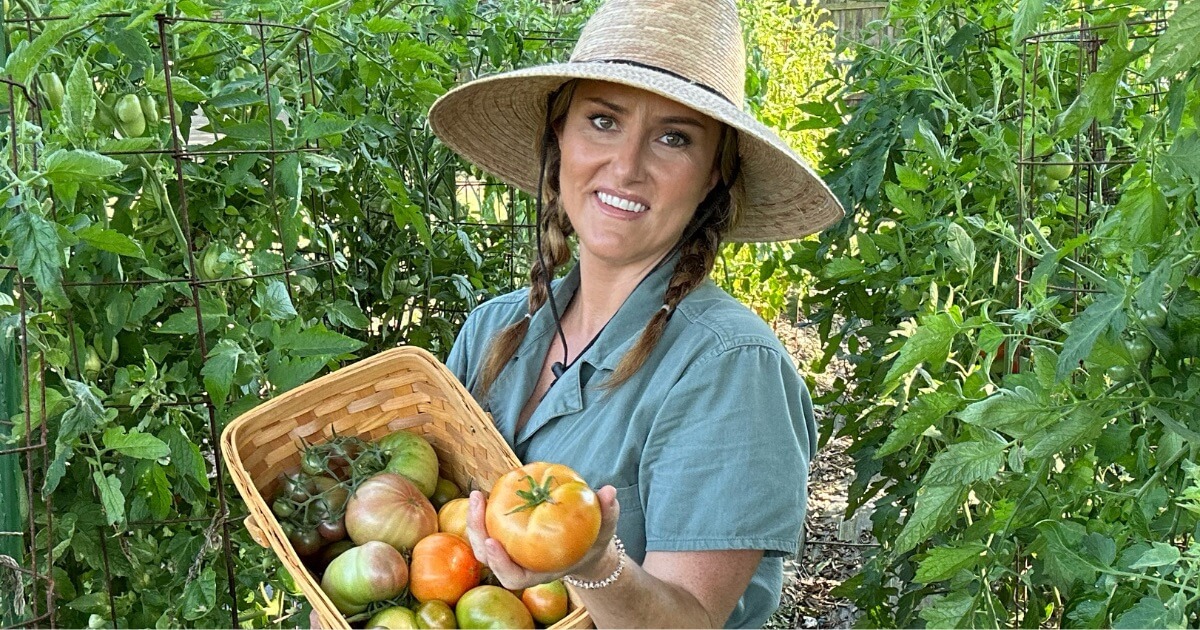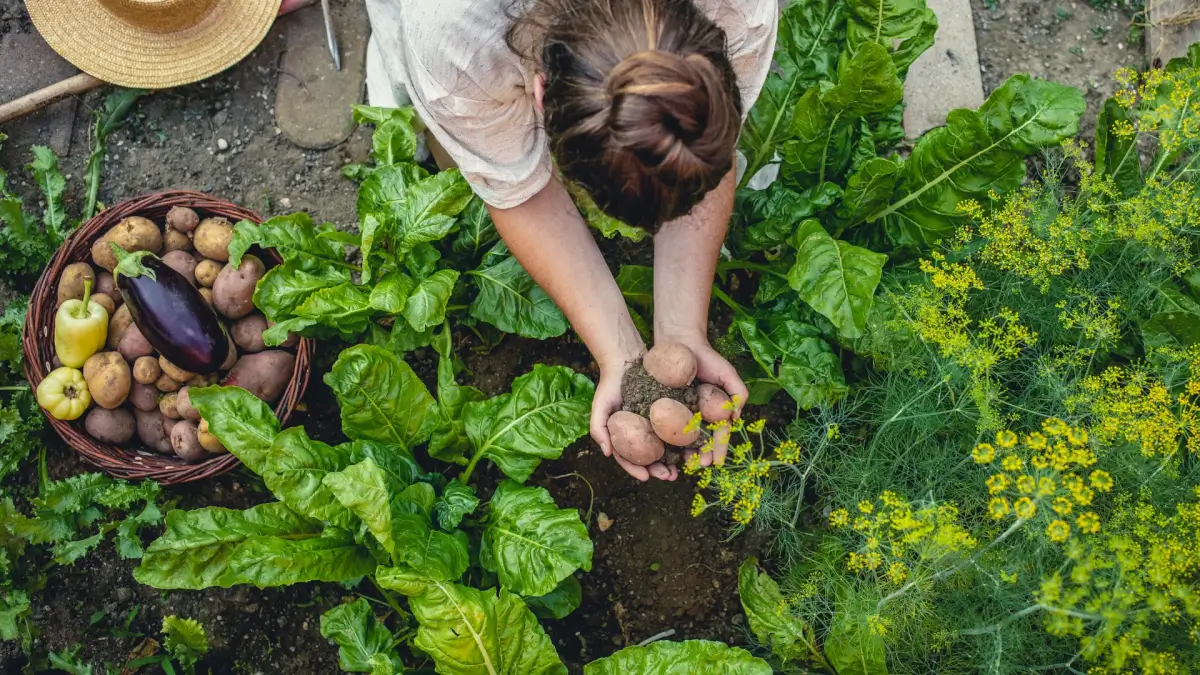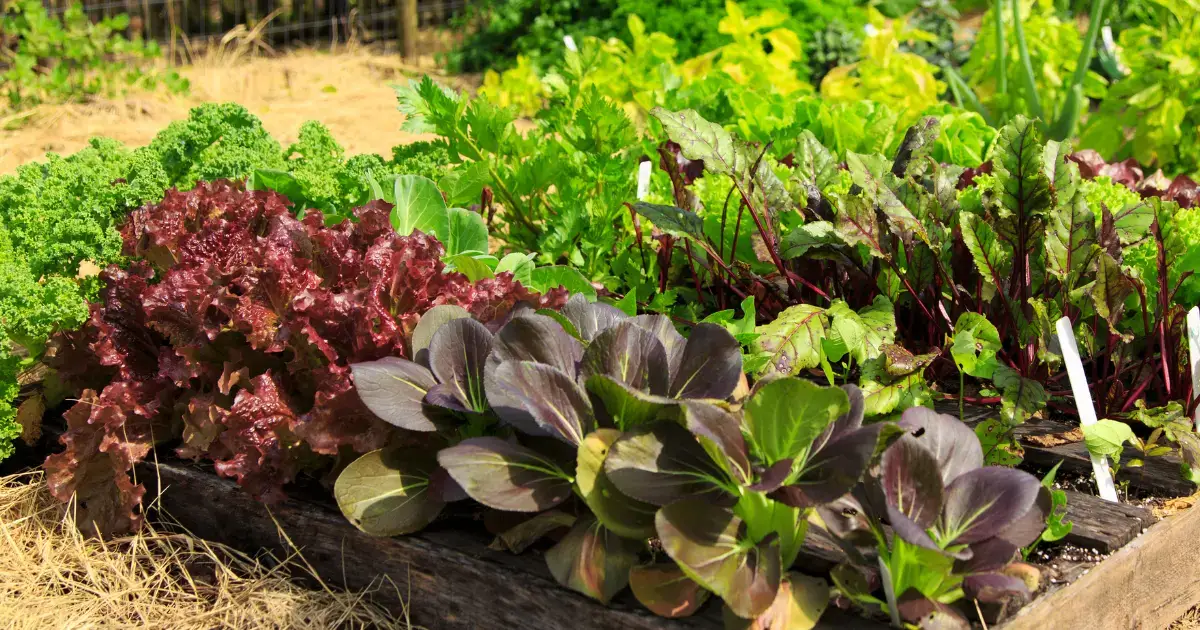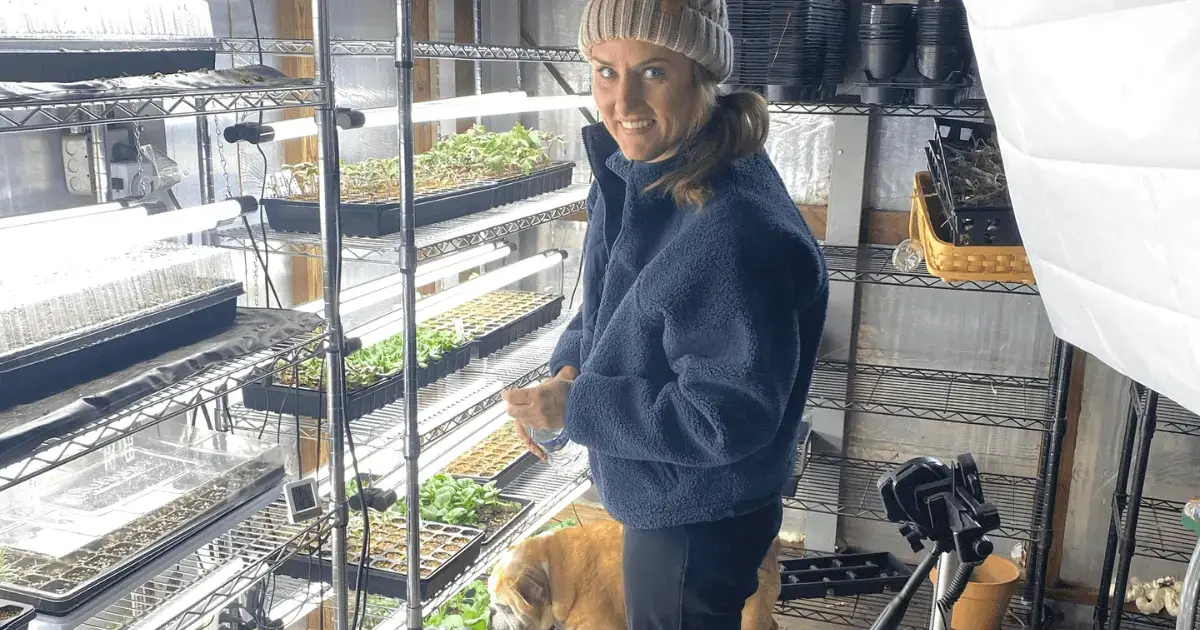
Some say the holiday season is their favorite time of year, but for me, it’s actually when they end. That’s because January marks the start of indoor seed-starting–a time full of optimism and excitement for gardeners.
Growing your own transplants from seed is one of the most rewarding experiences. Not only does it allow you to cultivate a wide variety of plants, but it also gives you control over the entire growth process. It’s a vital skill, especially for gardeners in North Texas, where weather is unpredictable.
Indoor seed-starting is not without its challenges, however. When you try it for the first time, a lot can go wrong.
Here are the most common indoor seed-starting problems, and what to do to fix or prevent them:
1. Leggy seedlings
“Leggy” is the term we use to describe seedlings that are thin, spindly, and weak. The main causes of legginess in seedlings are insufficient light and/or high temperatures.
Lack of light
When seedlings don’t get enough light, they will stretch toward the nearest light source in an effort to survive. Rapid elongation occurs as the plant prioritizes reaching light over building strong stems. The result is weak, spindly growth.
Provide seedlings with supplemental lighting for 14-16 hours per day. LED tube
Too hot
Seedlings become leggy when soil temperatures or ambient temperatures are too high because the heat accelerates growth, causing them to elongate rapidly in a stress response. High heat also disrupts the balance between light and temperature, leading to spindly growth as the seedlings “search” for better conditions.
The ideal temperature range for seedling growth is 60 to 70 degrees Fahrenheit. If using heat mats to warm soil, remember to turn them off after seeds germinate.
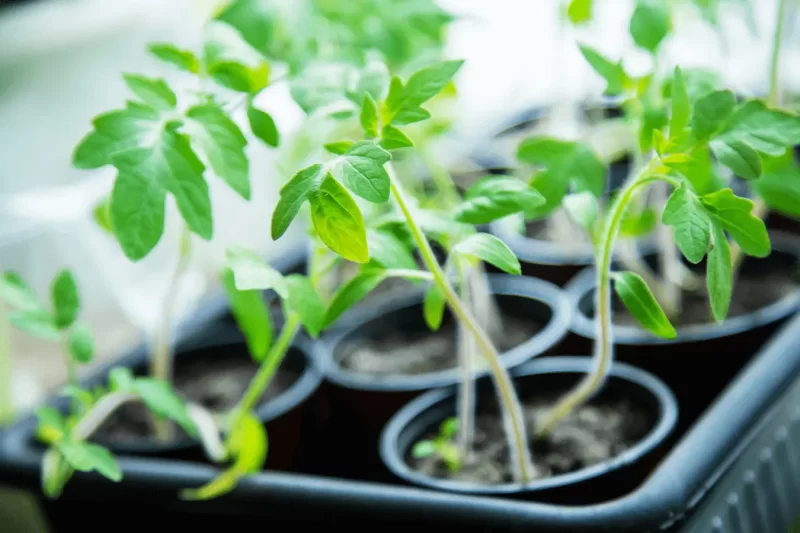
2. Yellow or stunted seedlings
The most common cause of yellowed seedlings is not enough
How to fertilize
Seedlings need to be fertilized regularly once they put on their second set of true leaves, the leaves that emerge after the “seed leaves”. Use a water-soluble
Too much water
Seedlings yellow when given too much water because their roots become waterlogged, depriving them of oxygen and preventing them from absorbing essential nutrients. This leads to stress and nutrient deficiencies, causing the leaves to yellow and the plant to weaken.
Avoid overwatering your indoor seedlings by waiting until the bottom tray (beneath the cell tray) is completely dry. Then pour in water to a depth of 1/4”, and wait until the tray is dry again to add more water.
Using coco coir
Coco coir is an alternative soil substrate that is sometimes added to seed-starting mixes, but it has a very high salinity level which can be deadly to seedlings. Do not use coco coir or products that contain coco coir to start seeds.
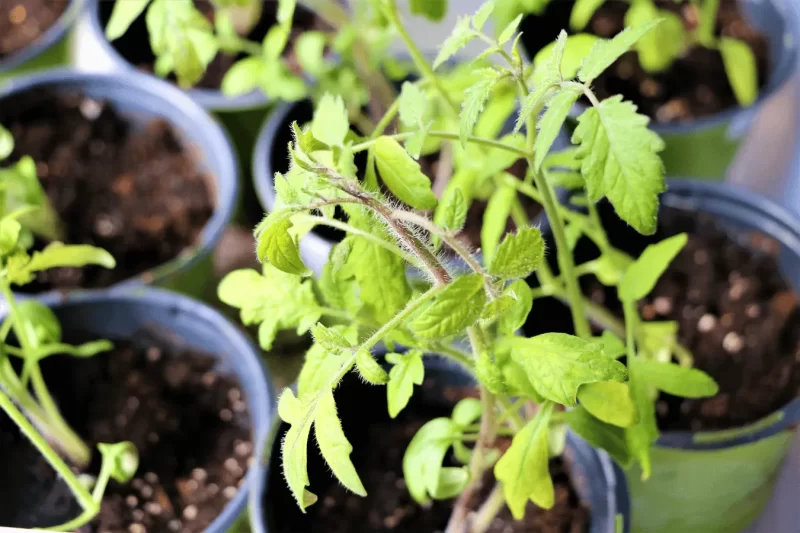
3. Poor germination or no germination
It’s such a bummer when you invest the time to start seeds and then none or very few germinate.
Old seeds
A common reason that seeds fail to germinate is because they are old or were stored improperly. Store seeds in an airtight container in a dark and cool location, or use new seed packets.
To test seed viability before sowing, place a few seeds on a damp paper towel, fold it, and seal it in a plastic bag. Keep the bag in a warm location, and check after a few days to a week for sprouting. If most seeds germinate, they’re viable; if few or none sprout, it’s time to replace them.
Improper soil temperature
Temperature directly affects the enzymes and biological processes required for seed germination. In cold soil, seeds may remain dormant or rot due to slow metabolic activity. In overly hot soil, enzymes can break down, and the seed may dry out or be damaged.
Check the seed packet for ideal germination temperature. Maintain that temperature in your seed-starting area, or use a
4. Sudden seedling death
Seedlings can suddenly die from damping off, a fungal disease caused by pathogens in overly wet, poorly drained, or crowded conditions. The pathogens attack the seedlings’ stems at soil level, causing them to become weak, discolored, and collapse. Prevent damping off by using sterile soil, not overwatering, and providing seedlings with good airflow from a
Conclusion
Problems with indoor seed-starting can occur for gardeners of any skill level, but these frustrating challenges turn out to be blessings in disguise. When things go wrong, it’s actually an opportunity to gain wisdom and experience and do better the next time.
Indoor seed-starting is an important skill for gardeners.
- Can Eating Tomatoes Help Prevent Weight Gain? New Study Says Yes - May 25, 2025
- New to Gardening? Join Our Step-by-Step Beginner Gardening Class - April 24, 2025
- Why “Intensive” Gardening is Not Good - March 9, 2025

